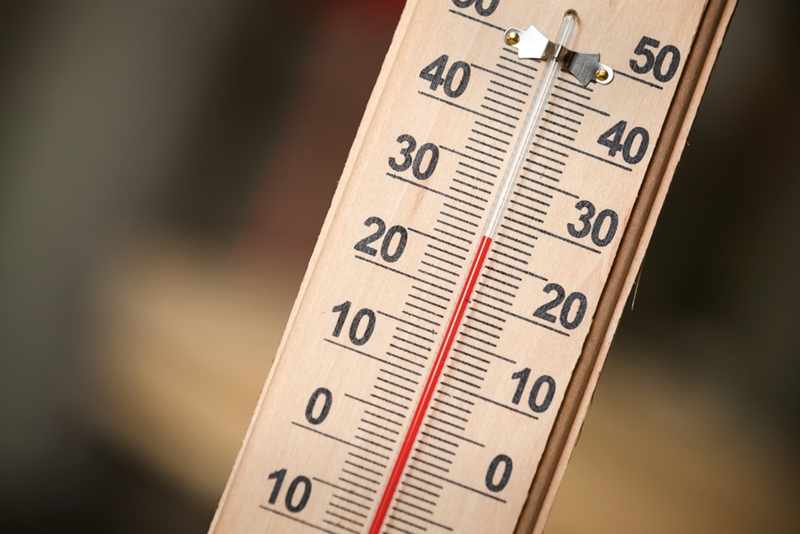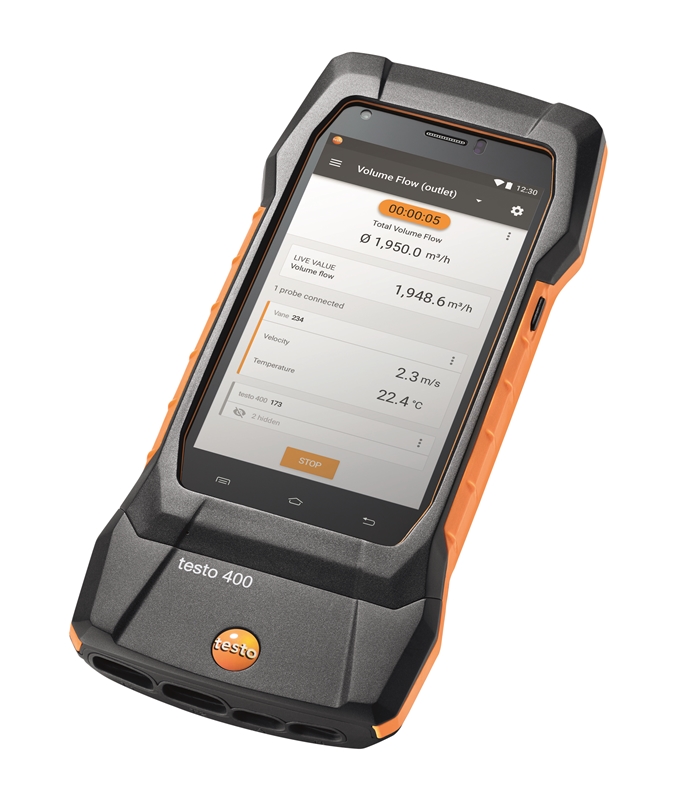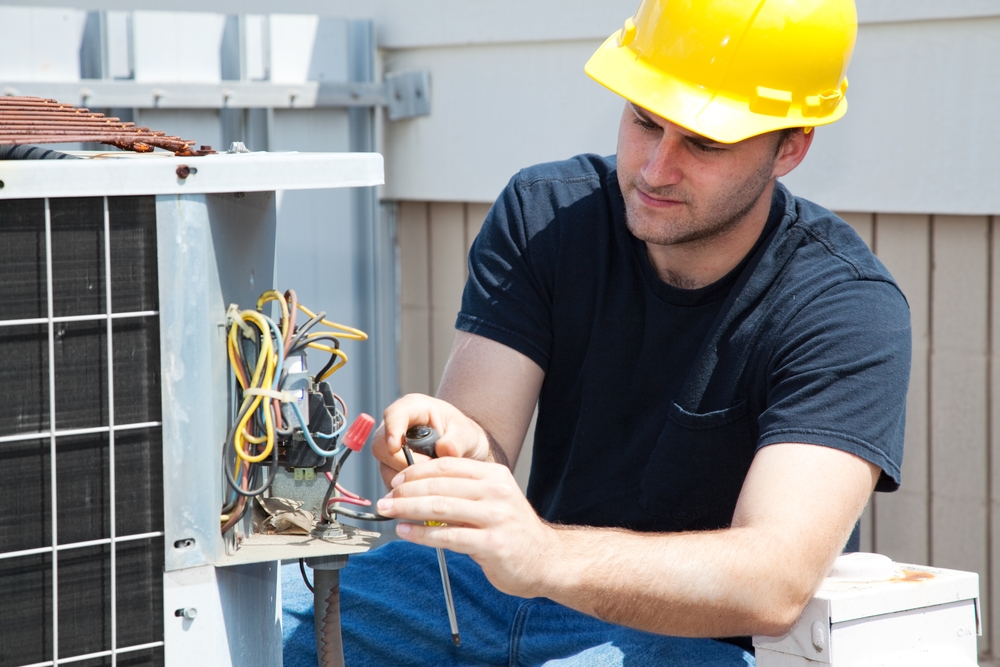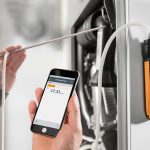The quality of indoor environments can have a more significant impact than we realise. It only takes slightly higher-than-normal humidity levels or a light build up of the wrong gases to decrease comfort. In extreme cases this can even contribute to health issues or mould growth on walls and ceilings.
That means technicians need to be across all indoor air quality and comfort parameters. But what exactly are these parameters, and what instruments do you need to detect them?

What are indoor environment air comfort parameters?
Comfort parameters encompass the Indoor Air Quality (IAQ) factors of an indoor space that technicians need to control. These factors include:
Radiant and ambient temperature and humidity: Ideal indoor temperatures need to match the environment of a given space and the activities performed within. Maintaining relative humidity is also important. In the middle of these two points is an optimum range of conditions called the 'comfort zone'.
Organic compounds: These are materials that have high vapour pressure at low temperatures, meaning they become ambient gases easily. These can compromise air comfort after long periods of exposure without proper ventilation. Examples include paint fumes and combustion gases like smoke.
Carbon dioxide levels: This is a very important parameter to consider as carbon dioxide can build up solely from a lot of people in an internal space with poor ventilation. High levels of the gas can cause deoxygenated blood, which lowers energy levels and focus.
Air turbulence: Air movement – from natural ventilation or caused by mechanical HVAC systems – cools or warms spaces, depending on other environmental factors. This means excessive turbulence can rapidly compromise comfort levels.
Lighting: Light has a significant effect on endorphin production, making measuring lux levels important. A further consideration is the type of light in an indoor space. Too much white light can negatively impact energy levels, while an article from Journal of Physical Therapy Science suggests yellow light stimulates emotional positivity.
What instrument do you need to detect IAQ comfort parameters?
Testo's 400 is the multifunction measuring solution suitable for IAQ professionals in any application and with any level of expertise. Technicians can perform IAQ measurements, data analysis and document reports within the rugged housing of the testo 400 instrument itself. This saves a lot of time switching between multiple solutions when conducting the array of IAQ tests needed to identify and measure all comfort parameters.

The testo 400 comes with a variety of probes (two cable probes, four Bluetooth probes and two type K thermocouples), as well as a built-in differential pressure sensor and integrated absolute pressure sensor. That makes it the ultimate asset for IAQ professionals' day-to-day needs.
Want to see for yourself how Testo's 400 instrument works? Just contact the sales team today!









 Reduce cooking oil costs while ensuring quality
Reduce cooking oil costs while ensuring quality Expert knowledge on CO2 monitoring
Expert knowledge on CO2 monitoring Refrigeration knowledge - in 3 modules
Refrigeration knowledge - in 3 modules



